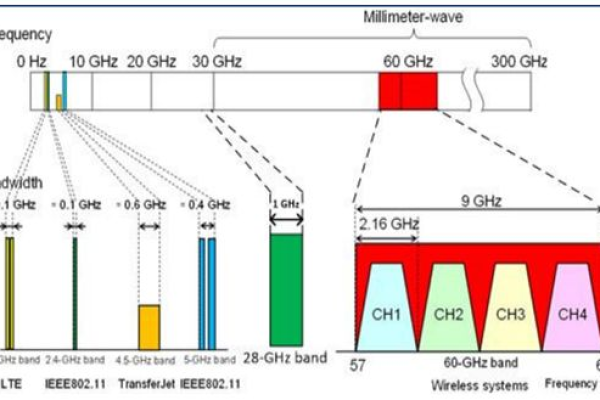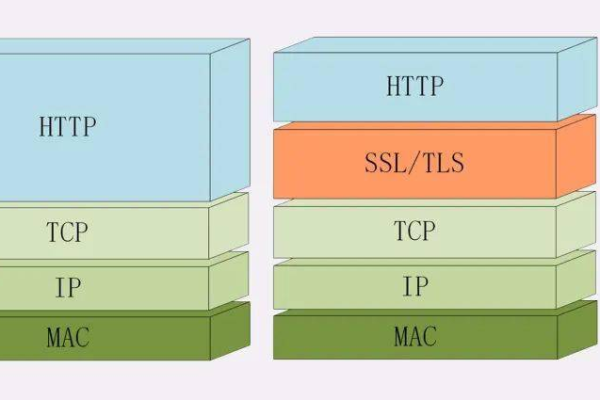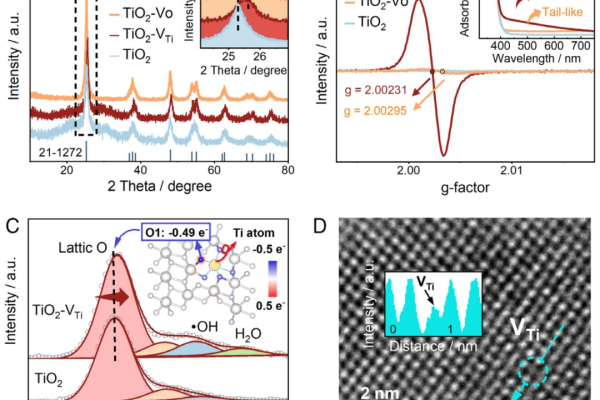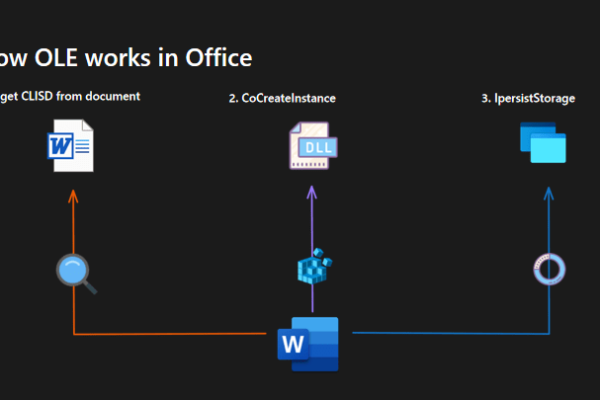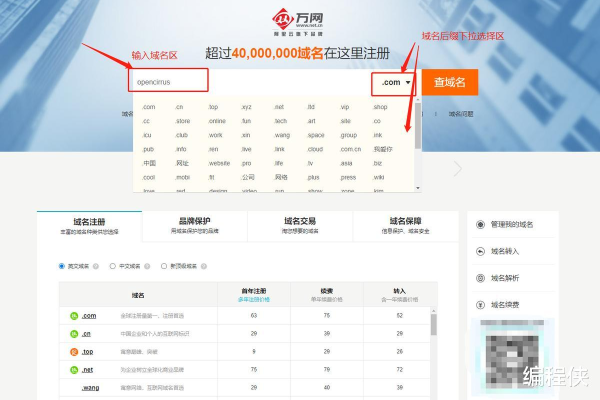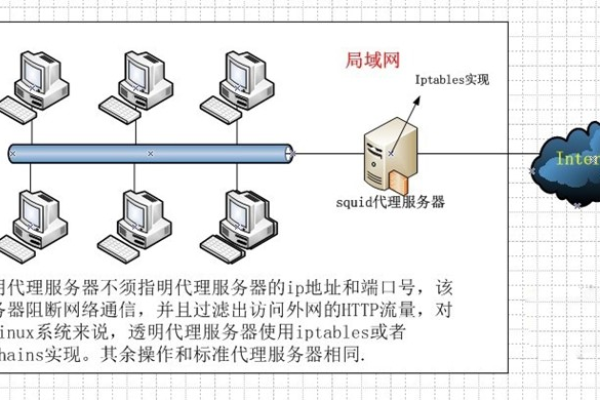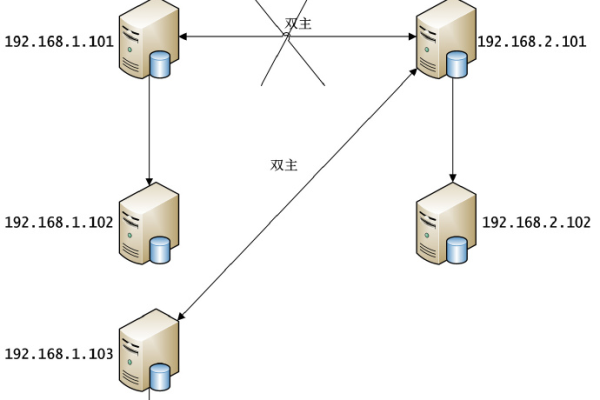VNA是什么?探究其含义与重要性
- 行业动态
- 2024-11-12
- 2923
VNA(Variable Network Analyzer)是一种用于测量和分析射频网络特性的仪器,广泛应用于通信、电子等领域。
Vector Network Analyzer (VNA)
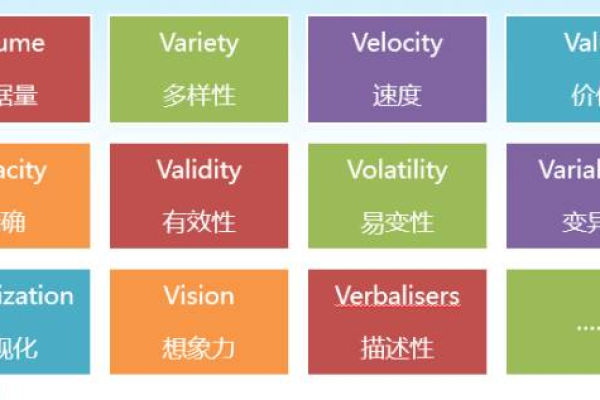
A Vector Network Analyzer (VNA) is an advanced and versatile instrument used to measure the electrical characteristics of networks, including gain, loss, phase, and other complex parameters. VNAs are essential in various fields such as telecommunications, aerospace, defense, and research laboratories for characterizing components like filters, amplifiers, antennas, and cables. This article delves into the fundamental principles, types, applications, and operational aspects of VNAs.
Basic Principles
Measurement Techniques
VNAs primarily use two techniques: scalar measurements and vector measurements. Scalar measurements deal with magnitude-only data, such as power levels, while vector measurements include both magnitude and phase. The term "vector" refers to the ability to measure complex impedance or scattering parameters, which describe how signals propagate through a network.
S-Parameters
Scattering parameters (S-parameters) are crucial in VNA measurements. These parameters define how much power is reflected or transmitted at different ports of a device. For a two-port network, there are four S-parameters:
1、S11 Return loss at Port 1
2、S21 Transmission coefficient from Port 1 to Port 2
3、S22 Return loss at Port 2
4、S12 Transmission coefficient from Port 2 to Port 1
These parameters help determine the behavior of the network under test (DUT).
Types of VNAs
Benchtop VNAs
Benchtop VNAs are designed for general-purpose laboratory use. They offer high performance, ease of use, and a wide range of measurement capabilities. Examples include models from Keysight Technologies, Anritsu, and Rohde & Schwarz.
Handheld VNAs
Handheld VNAs are portable versions suitable for on-site testing and fieldwork. They are compact, battery-operated, and provide basic to intermediate level measurements. Companies like Agilent (Keysight) and Anritsu manufacture these devices.
Microwave VNAs
Microwave VNAs operate at higher frequencies, typically above 1 GHz up to several hundred GHz. They are used for measuring high-frequency components and systems, such as those in satellite communications and radar technology.
4. Millimeter-Wave VNAs
Millimeter-wave VNAs extend the frequency range further, covering frequencies from 30 GHz to 325 GHz or higher. These are specialized instruments often required for advanced research and development in areas like 5G communication and automotive radar systems.
Applications
1. Component Characterization
VNAs are indispensable for characterizing individual components such as filters, amplifiers, mixers, and oscillators. By analyzing S-parameters, engineers can assess the performance and suitability of components for specific applications.
2. Antenna Measurements
In antenna design and testing, VNAs are used to measure impedance, radiation patterns, and efficiency. They help in optimizing antenna designs for better performance.
3. Cable and Transmission Line Testing
VNAs can be employed to test coaxial cables, microwave transmission lines, and waveguides for insertion loss, return loss, and VSWR (Voltage Standing Wave Ratio). This ensures that the transmission media meet the required specifications.
4. Material Characterization
Material properties such as permittivity and permeability can be determined using VNAs by analyzing the reflection and transmission characteristics of samples placed in a test fixture.
5. System Calibration and Verification
VNAs play a critical role in the calibration and verification of systems and subsystems in industries like telecommunications and electronic warfare. They ensure that systems perform as expected under specified conditions.
Operational Aspects
Calibration
Accurate measurements require proper calibration of the VNA. Common calibration methods include:
SOLT (Short-Open-Load-Thru): This method uses four known standards to calibrate the VNA over a wide range of frequencies.
TRL (Thru-Reflect-Line): Suitable for higher frequencies, this method involves a through connection, an open or short circuit, and a precise electrical line.
Electronic Calibration (ECal): Uses internal calibration modules for quick and efficient calibration without external standards.
Measurement Procedures
Typical steps involved in making measurements with a VNA include:
1、Calibration: Calibrate the VNA using appropriate standards.
2、Connect DUT: Connect the Device Under Test to the VNA ports via coaxial cables or probes.
3、Set Frequency Range: Select the desired frequency range for measurement.
4、Perform Measurement: Initiate the measurement process to capture S-parameters or other relevant data.
5、Analyze Results: Use software tools to analyze the measured data and interpret the results.
Software Tools
Modern VNAs come equipped with powerful software packages that facilitate data acquisition, analysis, and visualization. Features often include:
Data logging and export capabilities
Time-domain gating (TDG) to remove unwanted signals
Smith chart displays for impedance analysis
De-embedding techniques to remove the effects of connectors and fixtures
Advantages and Challenges
Advantages
High Precision: VNAs offer highly accurate measurements of complex parameters.
Broad Frequency Range: Capable of operating over a wide range of frequencies from kHz to THz.
Versatility: Can measure a variety of parameters including S-parameters, Z-parameters, Y-parameters, etc.
Automation: Many VNAs support automation for repetitive measurements and integration into production lines.
Challenges
Cost: High-end VNAs can be expensive, particularly those operating at millimeter-wave frequencies.
Complexity: Requires skilled operators and thorough understanding of network theory and RF concepts.
Calibration: Regular calibration is necessary to maintain accuracy, which can be time-consuming.
Sensitivity to Environment: Measurements can be affected by temperature variations, environmental factors.
Future Trends
Integration with AI and Machine Learning
The integration of artificial intelligence (AI) and machine learning (ML) algorithms with VNAs is an emerging trend. These technologies can enhance data analysis, improve measurement accuracy, and automate complex tasks.
Miniaturization and Portability
Advances in semiconductor technology are leading to more compact and portable VNA designs, making them accessible for on-site testing and field applications.
Enhanced Connectivity
Future VNAs are likely to feature enhanced connectivity options, including wireless communication capabilities, enabling remote monitoring and control.
Increased Frequency Range
As new technologies emerge, there will be a growing demand for VNAs that operate at even higher frequencies, pushing the boundaries of current instrumentation.
Conclusion
Vector Network Analyzers are indispensable tools in the field of electronic engineering and telecommunications. Their ability to measure complex parameters with high precision makes them valuable for component characterization, system verification, and material testing. While they come with challenges such as cost and complexity, advancements in technology continue to address these issues, making VNAs more accessible and user-friendly. As we look to the future, the integration of AI, miniaturization, and enhanced connectivity promises to further expand the capabilities and applications of VNAs.
FAQs
What is the difference between a VNA and a spectrum analyzer?
A VNA measures complex parameters like S-parameters, gain, and phase over a range of frequencies, providing detailed information about the network’s behavior. In contrast, a spectrum analyzer primarily measures signal strength across different frequencies, displaying the amplitude versus frequency profile of a signal. While both instruments are used in射频测试, they serve different purposes; VNAs focus on network analysis, whereas spectrum analyzers are used for frequency domain analysis of signals.
How often should a VNA be calibrated?
The calibration frequency of a VNA depends on several factors including usage patterns, environmental conditions, and the required measurement accuracy. Generally, it is recommended to calibrate a VNA before each measurement session or at least once a day if frequent measurements are taken. If the instrument is used in a stable environment and not subjected to physical changes or temperature variations, regular daily calibration may suffice. However, if the VNA is used in varying conditions or after transporting it between locations more frequent calibration may be necessary to ensure accurate measurements.
小伙伴们,上文介绍了“vna”的内容,你了解清楚吗?希望对你有所帮助,任何问题可以给我留言,让我们下期再见吧。
本站发布或转载的文章及图片均来自网络,其原创性以及文中表达的观点和判断不代表本站,有问题联系侵删!
本文链接:http://www.xixizhuji.com/fuzhu/22846.html

